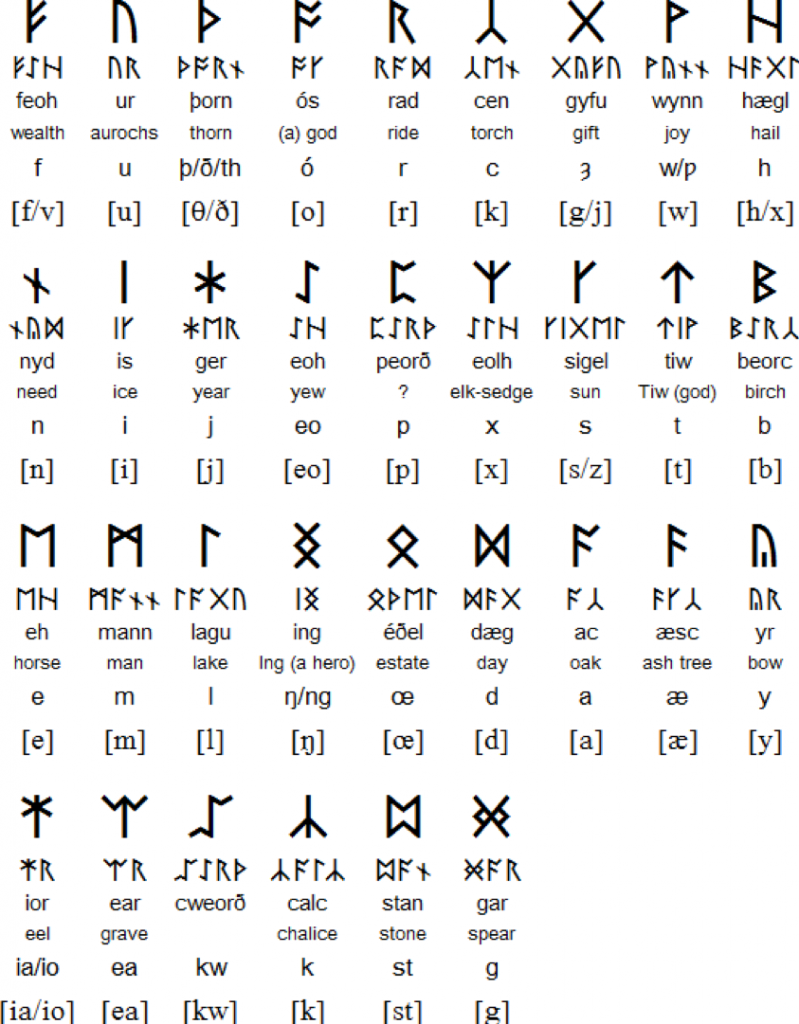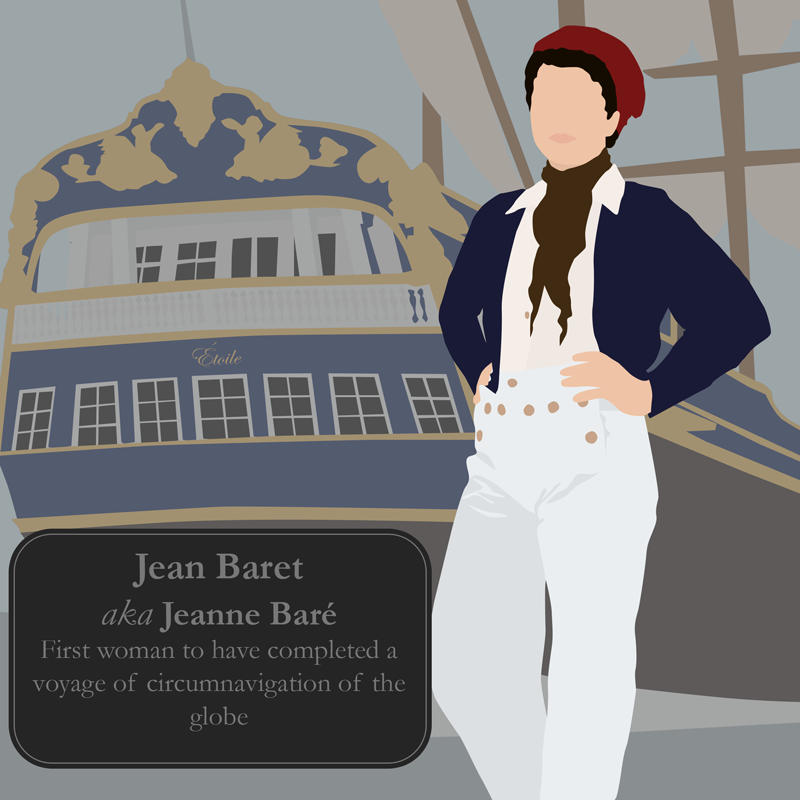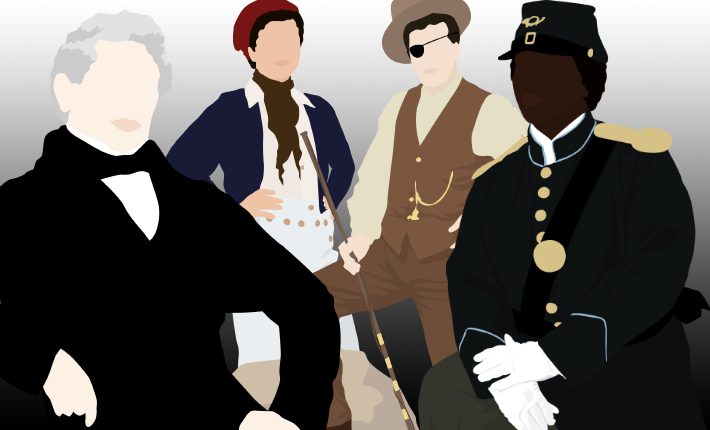Early English Writing – Runes and the Futhorc
Did you know that English hasn’t always been written using the alphabet that we know today? There have been several changes in the way we write over the centuries. We shall start by looking at the runic script. You may already have heard of runes, and perhaps you know that the term refers to some form of writing. We’ll look at runes and the early English alphabet called Futhorc.
Runic Script
First of all, what are runes? Contrary to what legend and hazy modern stories may tell us, runes are not magical, and they are not an exclusive part of an ancient Celtic religion or only associated with druids. Neither are they symbols of the mysterious or spiritual. It is very simple. Runes are letters.
Runic script is a system of writing that is surprisingly close to what we use today in its concept: runes are the letters in a set of alphabets (sometimes called ‘runic alphabets’). These alphabets were used to write Germanic languages. Not simply German as we know it today, but other languages in the same family. This means that it includes English. In fact, the earliest form of writing for English was runic.
The very early form of English that evolved from a language we call Proto-Germanic, which we believe gave rise to many other languages such as German, Dutch, Swedish and others, is known by the term Old English and sometimes also Anglo-Saxon. The second term reflects the names of the Germanic tribes which are believed to have formed the main group of speakers that arrived on the British Isles to displace Celtic languages. It is this early form of English, Old English, which was written in runes.
The Futhorc or Fuþorc
The version of runes used to write Old English is known as the Futhorc. It was developed from the older system of runes used to write other, earlier West Germanic languages, known as the Futhark (fuþark). This Futhark consisted of 24 runes, and the early English speakers found it necessary to expand that and add extra runes to reflect the changes in pronunciation, or the sounds that gradually became part of the language.
They started by adding two extra runes, and this gradually increased until the Futhorc consisted of as many as 33 runes, or letters. You may be thinking that this is rather a lot – but then consider that our modern alphabet uses combinations of more than one letter in order to represent one sound, such as ‘th’ or ‘sh’ and so on. The Futhorc has a separate letter, the thorn þ, to represent ‘th’.
Now, in modern English, we use the Latin alphabet with a few modifications to write our language. The Latin alphabet was first adapted from the Etruscan alphabet, which was in turn derived from the Greek alphabet, and this is where we get its name from.
We call it ‘alphabet’ from the first two letters, A and B, which in Greek are alpha and beta: alphabet. So what about this ancient runic system? Where does the name ‘futhorc’ come from?
There is nothing mysterious about it. It is not an arcane word with some sort of symbolic meaning requiring years of study to understand. When we break it down, it is the same idea as the alphabet. The name ‘futhorc’ derives, or comes from, the first six letters of the runic alphabet. These are feoh (F), ur (U), thorn (TH), os (O), rad (R) and cen (C); FUTHORC, as you can see.

It is essentially the same concept as the alphabet that we use today: each rune, or letter, was used to represent a phoneme, or sound, the basic building blocks of our words.
The Futhorc was used for several centuries to write down English, and for a while when the Latin alphabet was first used for English, the two were both in use at the same time. You can even see some early monuments which have both systems of writing side by side!
Runes were used from around the fifth century to the ninth or tenth centuries in English, although the Germanic Futhark is much older than that.
In our next post, we’ll take a look at the Latin Alphabet, and tell you where you can go to take a look at RL examples of the Futhorc and the Latin Alphabet.
Have you ever wondered…why leaves change colour in autumn?
Autumn is a season of change; the weather gets colder, there’s less daylight and leaves change colour and fall from plants. But why does this happen?
Why Do Plants Have Leaves?
Leaves contain a chemical called chlorophyll (pronounced KLO-ro-fil), which as well as giving them their lovely green colour also helps create food for the plant. The leaves act like tiny solar panels, and use the sun’s energy to convert water (from the ground) and a gas called carbon dioxide (from the air) into sugar and oxygen. This process is called photosynthesis (pronounced foto-SIN-theh-sis), and the sugar is what the plant lives on.
Awesome Women Who Disguised Themselves as Men to Follow their Dreams
Throughout history girls and women have been told, ‘You can’t do that! You are a girl!’ Luckily, this attitude is becoming less common in many countries and cultures, but what did women do in the past? If they wanted to be a doctor, a musician, a sportsperson or even a soldier?
Most women put aside their dreams or practised other activities that were deemed appropriate for women. Some women protested, like the suffragettes who demanded to be allowed to vote. And a small number of women went much further. Today we are taking a look at the women who disguised themselves as men in order to follow their dreams.

The first woman to circumnavigate the world – to go all the way around the globe. Born in France, and with an interest in botany (the study of plants), Jeanne became first the housekeeper, and later the partner of a famous botanist Philibert de Commerson.
The UK General Election – An Explanation for Kids
Every five years, United Kingdom elects a new parliament. This is called a General Election and it’s pretty complicated. If you’ve ever wondered how a country decides who is going to run things, this is how! We asked our contributor Tina Price-Johnson to write an explanation of the General Election for kids.
When I was in Year 9, my school ran a mock general election, so we could learn how an election works. I was chosen to be the Liberal Democrat candidate, and two other students were chosen to represent the Conservative Party and the Labour Party. We didn’t have any other parties at that time!
We had to pretend we were running to be elected as a Member of Parliament (MP), and the other students in the school were the voters. We created posters and learned what each party stood for, so we could debate in front of the whole school and give our speeches. We spoke to students in the hallway, and each of us had a team of other students to help us out. This is exactly what all the candidates for MP in your local area will be doing. More or less!




